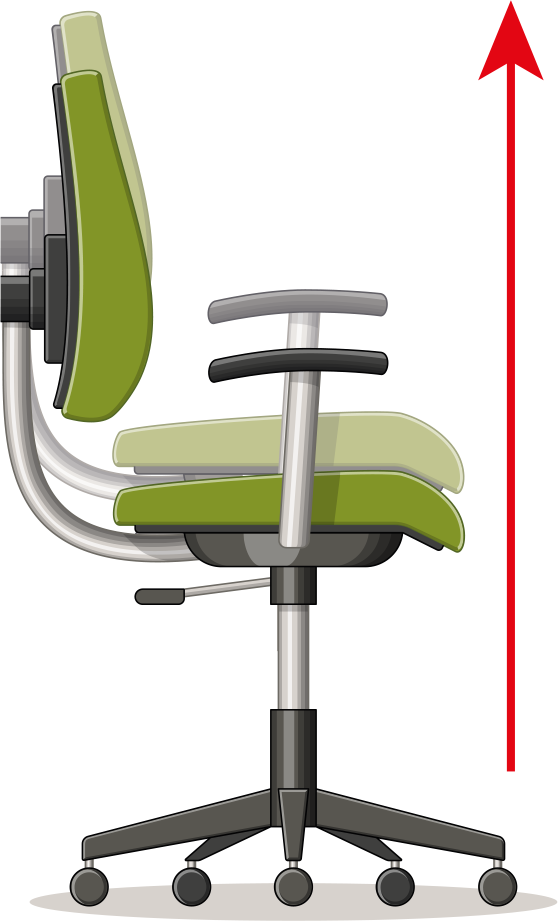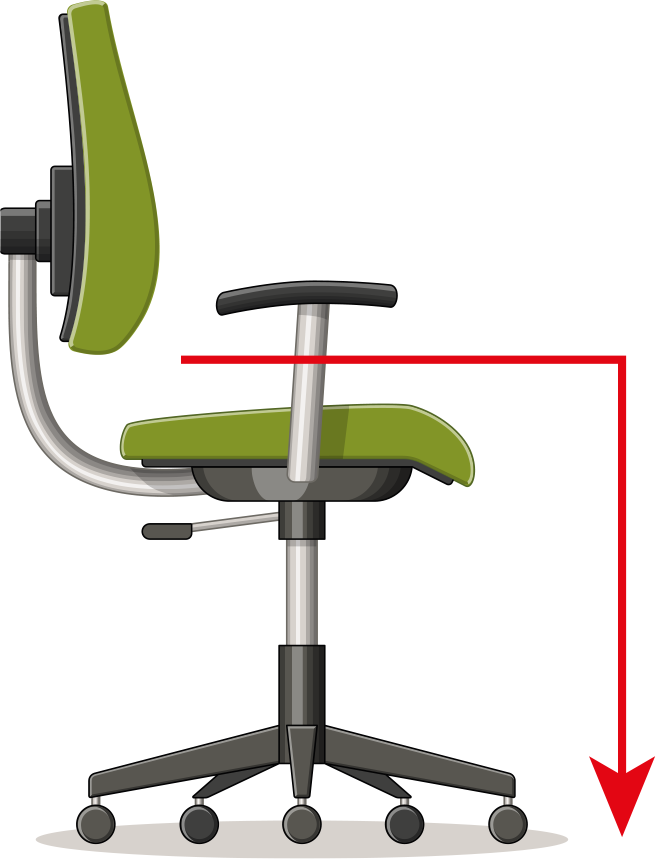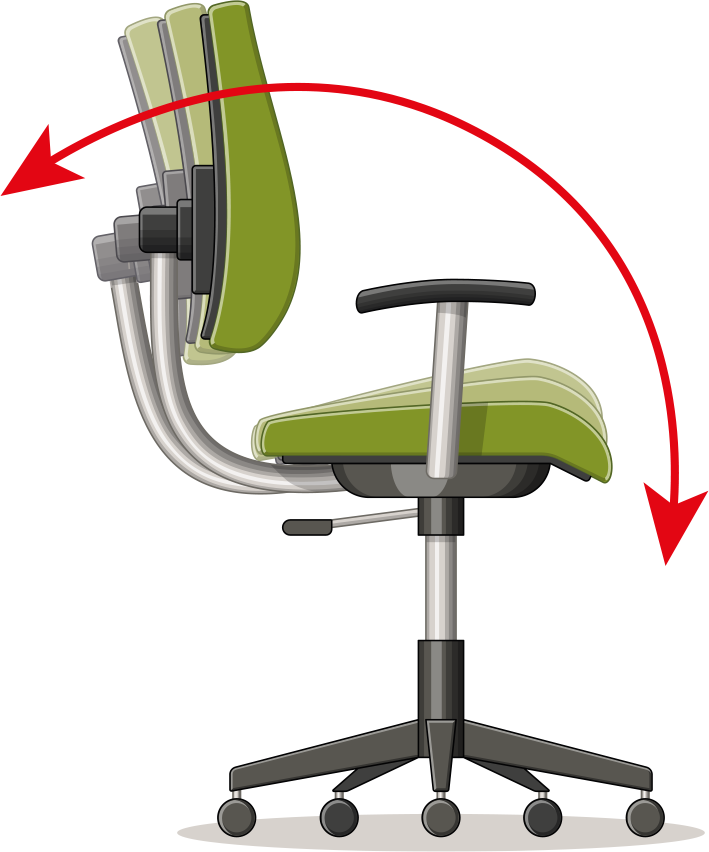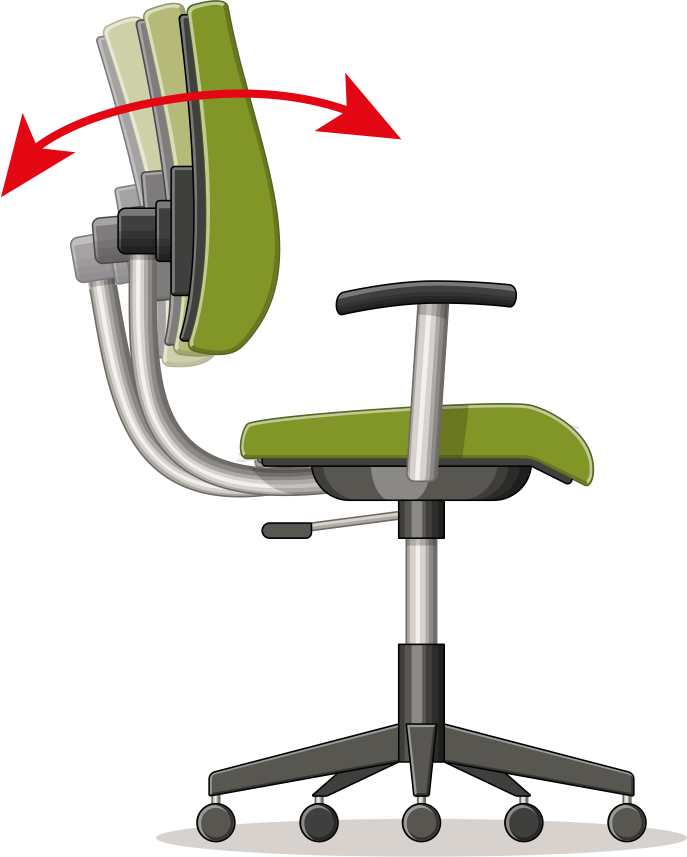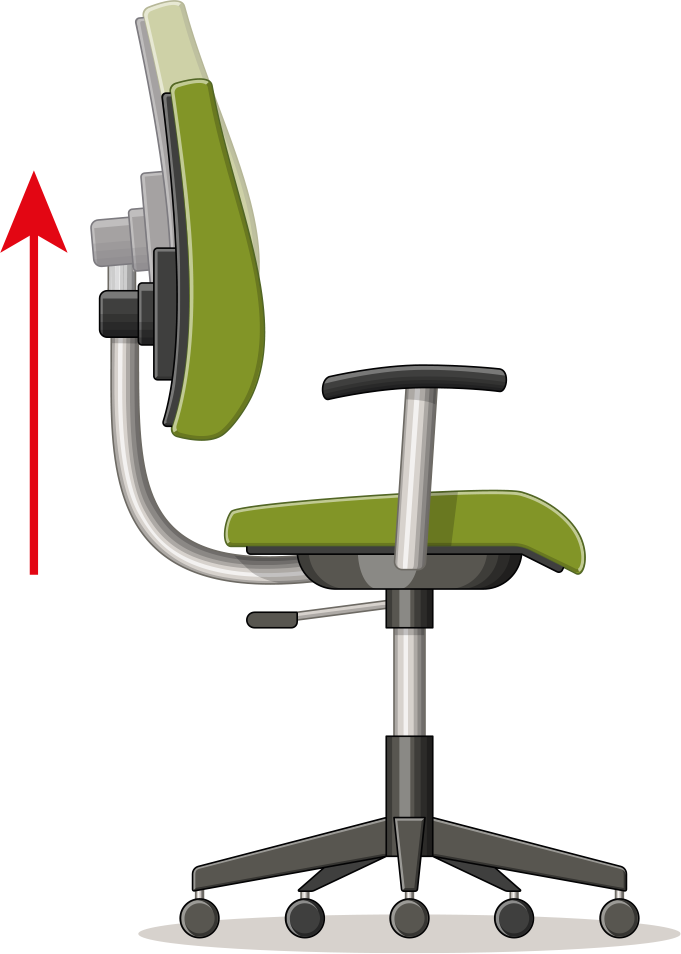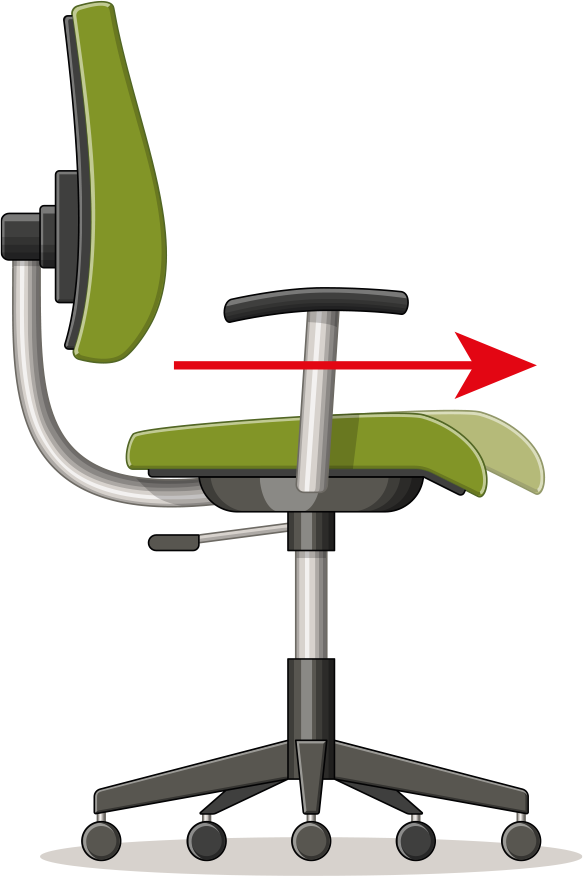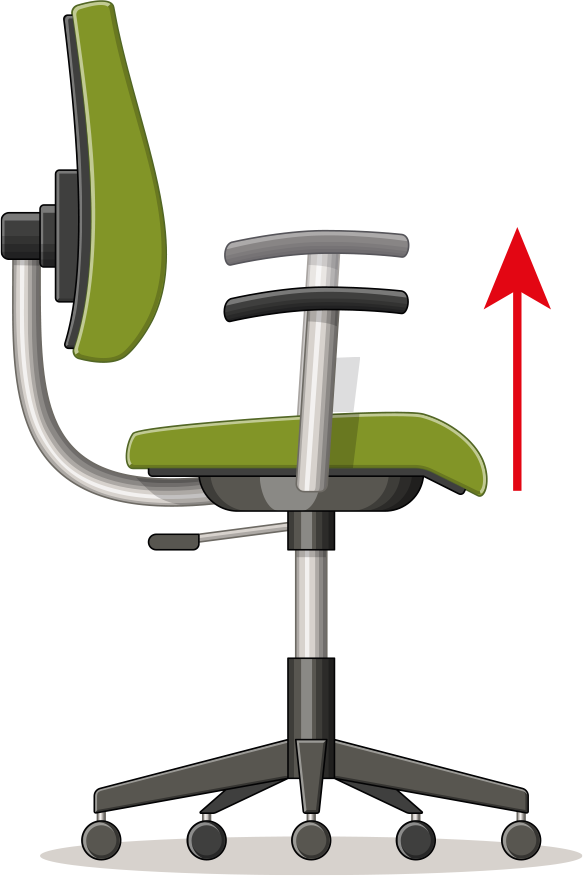Your sitting posture has a significant effect on your health, so it pays to invest in a chair, which will give correct support while being comfortable.
The seat should match and support your entire body. Follow these steps to find the maximum health benefits from your office chair. These steps will improve your posture and prevent lower back pain resulting in the perfect posture.
If you’ve suddenly found yourself having to work in less than optimum conditions, Microlink has put together a series of tools that can support you during this challenging time, from our Home Worker Kit, to our Remote Assessments and Mental Health Webinars we’ve got a host of ergonomic products, remote solutions and free resources to maintain your well-being and keep your productivity high.
Contact: WPA@microlinkpc.com / Tel: 023 80240300
Home Worker Kit Online shop: https://store.microlinkpc.com
